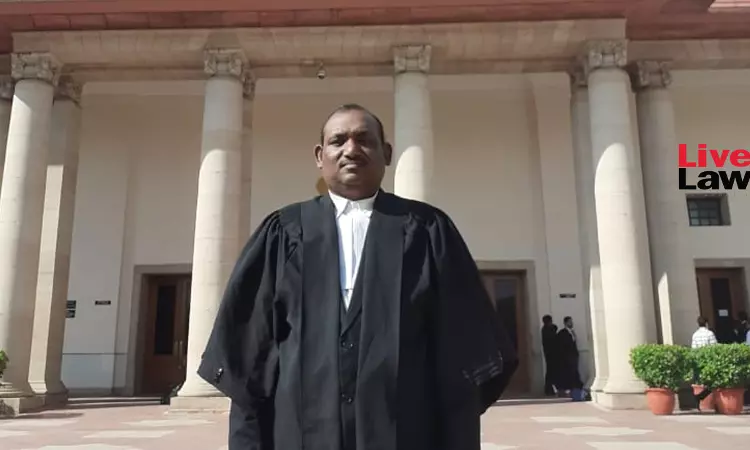In A Historic First, Lawyer With Visual Impairment Clears Supreme Court's Advocate-on-Record Exam
Awstika Das
20 April 2023 5:04 PM IST

Next Story
20 April 2023 5:04 PM IST
In a historic first, N Visakamurthy, an advocate and a person with a visual impairment, has successfully cleared the December 2022 Advocates-on-Record (AoR) Examination conducted by the Supreme Court. This is the first time in the history of the apex court that a candidate with a visual impairment has attempted the examination with the help of a scribe and has been successful in...
